Short answer
Modulation is used when the carrier property used (e.g. amplitude) is changed progressively, because the signal to transmit itself varies progressively. Modulation is associated mostly with analog signals modulating a sinusoidal carrier.
Keying is used when the carrier property used is changed abruptly, because the signal itself changes abruptly. Keying is associated mostly with digital signals modulating a sinusoidal carrier.
For keying the carrier property used is changed between discrete values only, e.g. for 2 values this can be on/off for amplitude, or 0° and 180° for phase. The change itself is named the shift, it can be an amplitude shift, a frequency shift, etc.
I'm not going into the details, but a continuous wave is not the only type of carrier which can be used. Sometimes, for digital communication, a train of pulses is used. We talked about pulse keying, e.g. pulse width keying, pulse position keying, etc.
Keying just comes for Morse telegraphy where a key was used to switch the carrier on/off. Shift denotes the sudden change between two states.
Details
Communication is a domain which has experienced and still experiences spectacular changes thanks to e.g. DSP and software-defined radio (SDR). The consequence is the new wording constantly entering in use and the difficulty to match it with what was up to date just a few years ago.
Some definitions
Signal (the information to be transmitted):
Analog: At any time the signal can have any value in between some chosen limits (e.g. any voltage between -5V and +18V).
Digital: At any time the signal can have only one of the discrete values included in the digitization scheme (sampling depth). For example if the digitization scheme uses 2 bits, only four discrete integral values are possible, 0 to 3 and a coding procedure might be required to establish a correspondence between the actual signal values and these 4 numbers.
Carrier (the electromagnetic wave used to transmit the information signal):
A wave is continuously generated, i.e. a sinusoidal continuous wave (CW).
The signal will change some property of the carrier: Its amplitude, its frequency or it's phase. The term continuous wave was adopted to contrast with the first radio technology it replaced: Damped waves created by sparks.
The principle of a transmission by carrier, e.g. optical or radio, is to adjust one or more carrier properties in correlation with the signal, so that the signal can be sent on a long distance using the carrier altered by the signal, and recovered by the receiver from the altered carrier.
Modulation
Modulation is used to transmit an analog signal onto an analog/continuous carrier. The legacy (analog) radio and TV broadcast fall in this category.
In this case the carrier is continuously altered by the signal, and the adjustment can be of any magnitude (within permitted limits). Usually the property is correlated to the signal, therefore if the signal is progressive, the carrier property change is also progressive. Depending on the carrier property altered, we talk about amplitude modulation (AM), frequency modulation (FM) or phase modulation (PM).
AM includes variants: Double sideband, vestigial sideband, single sideband, etc.
For FM, the spectrum obtained is infinite, but depending on the modulation index used, the useful spectrum is narrow (NBFM or wider though not ilimited (WBFM).
Modulation is mostly used for analog signals, but also for digital signals (see continuous phase modulation further down). The key element is the carrier property can take all technically permitted values.
Keying
Keying is used to transmit a digital signal onto an analog/continuous carrier. Morse radiotelegraphy falls into this category as well as GPS and HDTV (and likely everything modern which comes to your mind).
In contrast to modulation, a keyed carrier property takes only discrete values.
The most simple digital signal has only two values (0/1 or on/off). Marconi radiotelegraphy using Morse code was dealing with digital signals without knowing. In that case the modulation was done manually using a switch (key) to turn on/off a continuous wave (CW) carrier.

Morse telegraphy switch, aka "key", circa 1945. Source
This example of radiotelegraphy is representative of the difficulty to talk about signal transmission:
For most persons it's Morse, emphasizing the code used to represent characters, rather than the transmission channel.
Hams refer to it just as "CW", because the new CW was so associated with the also new telegraphy. This is the channel which is emphasized, not the code or the keying method, even is a CW carrier is used for almost any radio channel and is in no way particular to radiotelegraphy.
In the engineering field, keying is used to refer to continuous wave modulation by signals with discrete values, whatever the code used (telegraphy is technically binary amplitude shift keying with Morse code).
A carrier property will be adjusted to imprint the signal into the wave. The adjustment takes the name of shift, giving amplitude shift keying (ASK), frequency shift keying (FSK) and phase shift keying (PSK).
Depending one the number of discrete values for the signal (hence the number of shifts allowed for the property), the name is refined, e.g. for a signal with two values we talk about binary phase shift keying (BPSK) and quadrature phase shift keying (QPSK) for four values.
For the simple case a binary amplitude shift keying, the term on-off keying is also used, as the amplitude can only be maximal or null.
Sometimes the carrier change between successive signal values is not abrupt, but progressive, as in the continuous phase modulation (CPM) where the carrier adjustment and the digital signal are not exactly coherent. Note it's a modulation, not a keying.
